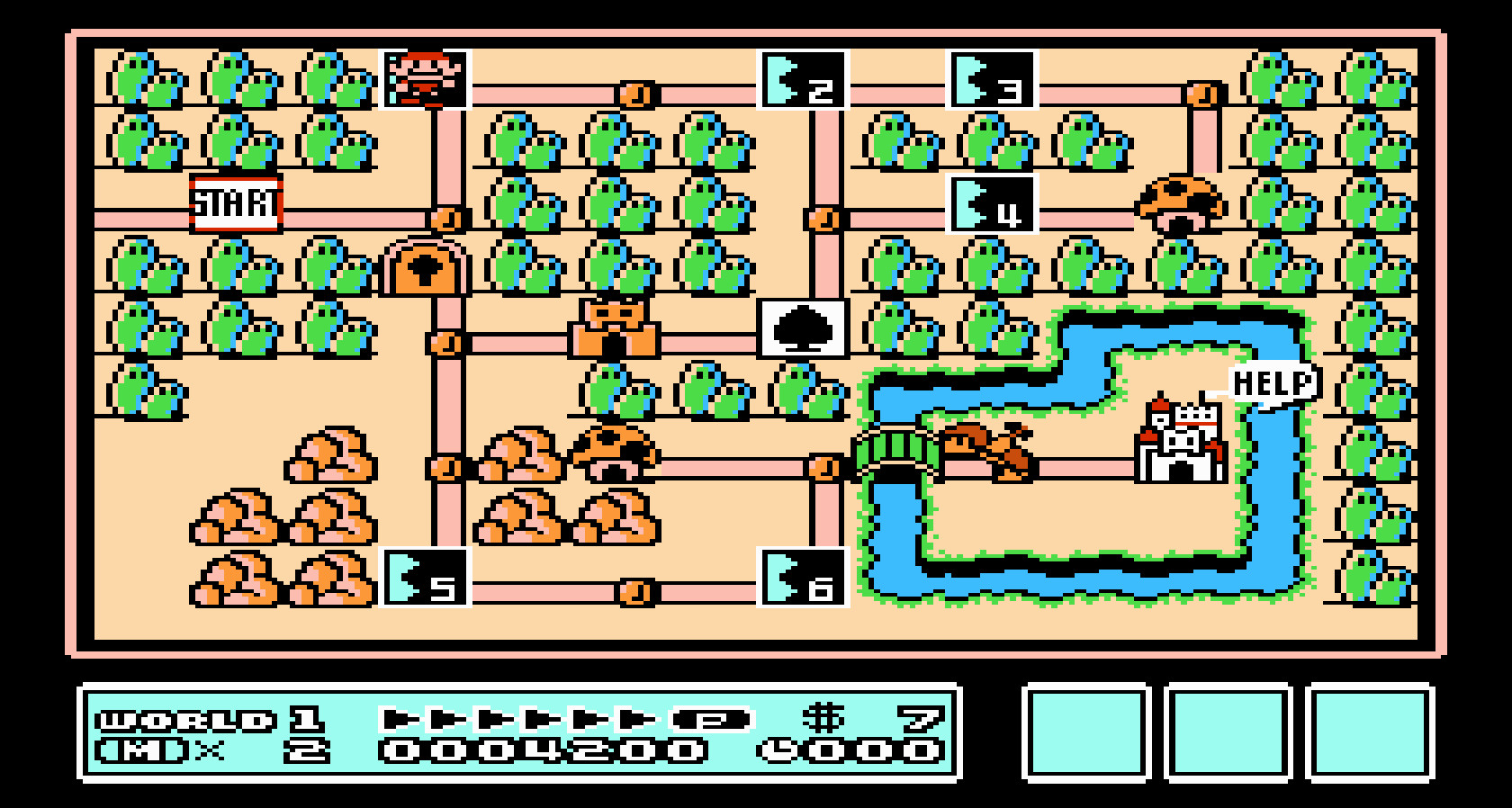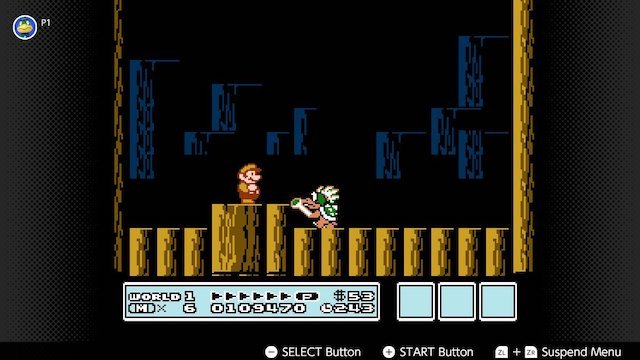On October 23, 1988, Nintendo forever changed the platforming genre by releasing Super Mario Bros. 3. The third main entry in what became Nintendo’s most iconic series was highly anticipated, as it was the true successor to 1985’s Super Mario Bros. due to the second entry either being a more difficult level pack or a re-skinned version of Doki Doki Panic depending on if you lived in Japan or the rest of the world. Despite 30 years having passed, Nintendo Switch Online has made it easier than ever to play the classic title. When I went back to it, I realized that Super Mario Bros. 3 has aged fantastically, and still plays better than many current releases.
The main reason why Super Mario Bros. 3 still plays fantastically in 2018 is due to its tight platforming physics. Nintendo has a bit of an advantage in this category as it essentially set the tone for all 2D platformers to come in terms of acceptable jumps and character feel, but there’s a reason why it was widely adopted as the industry norm: it feels fantastic. Just a few seconds into the very first stage, I felt like I could make every possible jump I needed to and had no worries about the gameplay. A platformer’s biggest aid is physics that make sense and feel great, and that’s something Nintendo has mastered since the 1980s.
While many of its innovations are more commonplace nowadays, Super Mario Bros. 3 deserves a lot of credit for popularizing world maps in games. It’s a small touch, but it not only makes the entire game feel interconnected, it also adds new dynamics. From the dangerous Hammer Bros. that roam the stages to getting items from Toad Houses, the world map makes the Mushroom Kingdom feel much more alive than in the first game. It’s an effective way to paint a larger picture without doing a ton of extra work, and it’s exactly why they are still seen in platformers today Kirby Star Allies and Super Mario 3D World.
Super Mario Bros. 3 Has Iconic Levels From Start to Finish

Another area that helps it stand out from many 2D platformers of yesteryear is how varied the levels are. The staples of the original return, as players go underwater and there are stages that have a forced scrolling aspect to them, but there are also new additions. In particular, the airship levels and dangerous fortresses really added a lot to the mood of Super Mario Bros. 3. This was a kingdom that was under attack, and it’s demonstrated perfectly through its level types.
Another brilliant addition is how each world is individually themed. While the grass, desert, and water levels are pretty standard fare, things really got interesting in the fourth world, Giant Land. This is one of Nintendo’s most brilliant ideas, as it flips the entire game on its head by making Mario smaller than his foes. It’s one of the most memorable Mario worlds ever designed, and it’s still a blast to experience.
Of course, a platformer isn’t anything without great boss fights, and Super Mario Bros. 3 is a huge improvement upon the Bowser battles seen in the original. There’s an incredible amount of variety as there’s a sub-boss named Boom Boom that can be found in every fort, and each world is capped off in a battle against Bowser’s Koopalings from Lemmy Koopa to Wendy O. Koopa. Of course, the big baddy himself appears at the very end of the game, and the encounter against a flame-spewing and jumping Bowser is much more menacing than before.
Raising the Bar For An Entire Genre

What also makes Super Mario Bros. 3 such a joy to play is how fun the power-ups are. Tanooki Mario is quite possibly my favorite power-up that Nintendo has ever created and getting to fly around stages was mind-blowing the first time I saw it happen as a kid. It allows for Nintendo to create levels with even more verticality to them, packing areas with secrets that only the most adamant of players will discover.
One overlooked part is how great the overall premise of Super Mario Bros. 3 is, as it’s one of the earliest examples of breaking the fourth wall in a huge game release. The entirety of what occurs in the game is presented as a play, and Shigeru Miyamoto has talked about how he views his characters as actors in a traveling performance troupe. Little touches such as the way levels end and the opening cutscene show the play dynamic, but it’s easily missed if you’re not paying close attention. That makes it an awesome discovery for those with a keen eye, while also showing the developer’s restraint in not hitting the player over the head with how clever they are.
It’s that exact level of detail and care that makes Super Mario Bros. 3 a fantastic platformer. No matter if it was played in 1988 or 100 years from now, Nintendo’s masterpiece will stand the test of time thanks to its great design.







